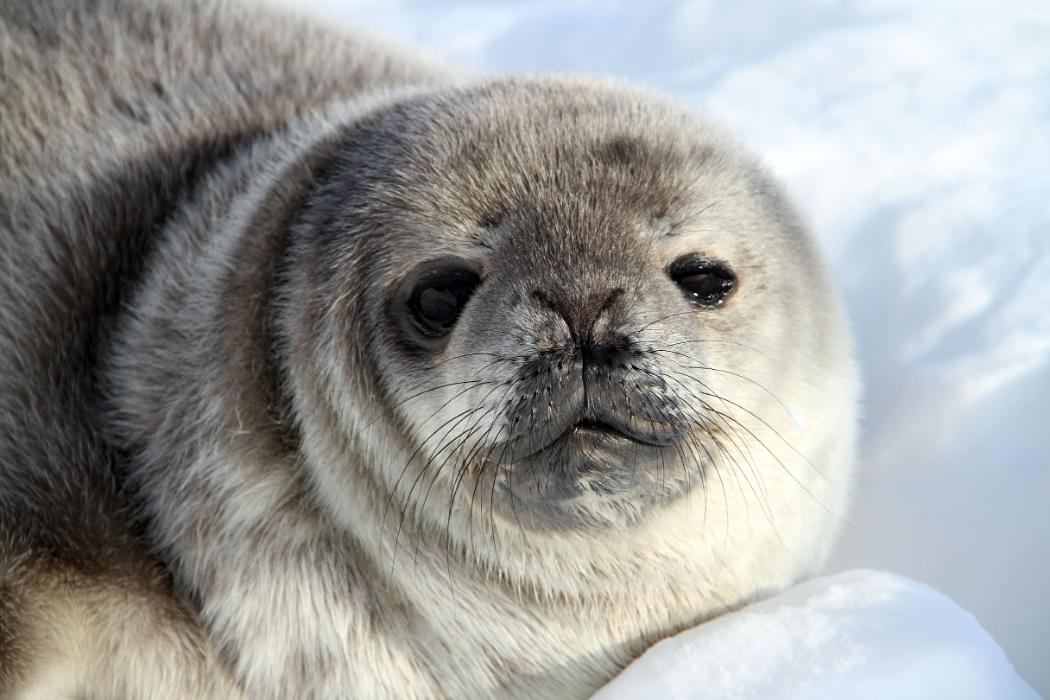An international study led by the University of Canterbury in New Zealand, published today (8 September) in Global Change Biology, reveals how climate change may impact seals in one of the world’s most remote ocean regions, Antarctica’s Weddell Sea.
With funding from Pew Charitable Trusts, the NZ-based team engaged thousands of global citizen scientists over years to search for Southern Ocean seals – crabeater seals and Weddell seals – using satellite images.
“We found that Weddell and crabeater seals breed close to where they find food,” says lead author Dr Mia Wege, who was until recently a Pew Fellow working with Antarctic Marine Scientist Dr Michelle LaRue at the University of Canterbury.
Climate change affects breeding locations differently
Now a lecturer in Zoology at the University of Pretoria in South Africa, Dr Wege says the interesting part of their findings relates to how climate change will affect breeding locations differently.
“Because of climate change, in addition to having less food, crabeater seals will be increasingly challenged to find a place to rest and raise their young,” she explains.
“Surprisingly, Weddell seals are expected to be minimally affected, which is the opposite of what is happening elsewhere around Antarctica.”
The study’s goal was to use these two unique datasets, created by university scientists, as part of a set of monitoring techniques for marine protected areas in the remote and mostly ice-covered Southern Ocean to conserve seals and other wildlife.
We must work now to set aside marine protected areas
These findings provide “evidence that different species will be exposed to impacts from climate change differently,” says the principal investigator of the study, Dr LaRue.
“Our takeaway message is that if we want to mitigate population declines for ice-loving seals as the climate continues to warm, we need to be working now to set aside marine protected areas to ensure longevity of these species and their ecosystems.”
Dr Wege adds that the findings shed light on how these marine predators respond differently to climate change, based on their unique ecologies.
“Most importantly, our study again shows how these species can provide information about the entire ecosystem, and how valuable they are as sentinel species, especially when we are thinking of ways to monitor the effectiveness of marine protected areas. They certainly are more than just cute faces,” she states.












